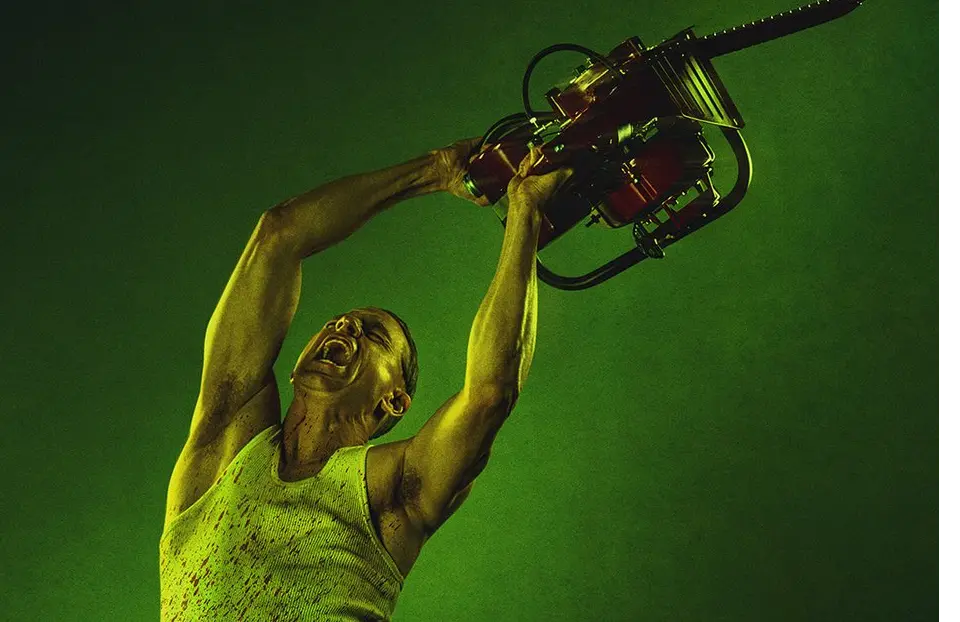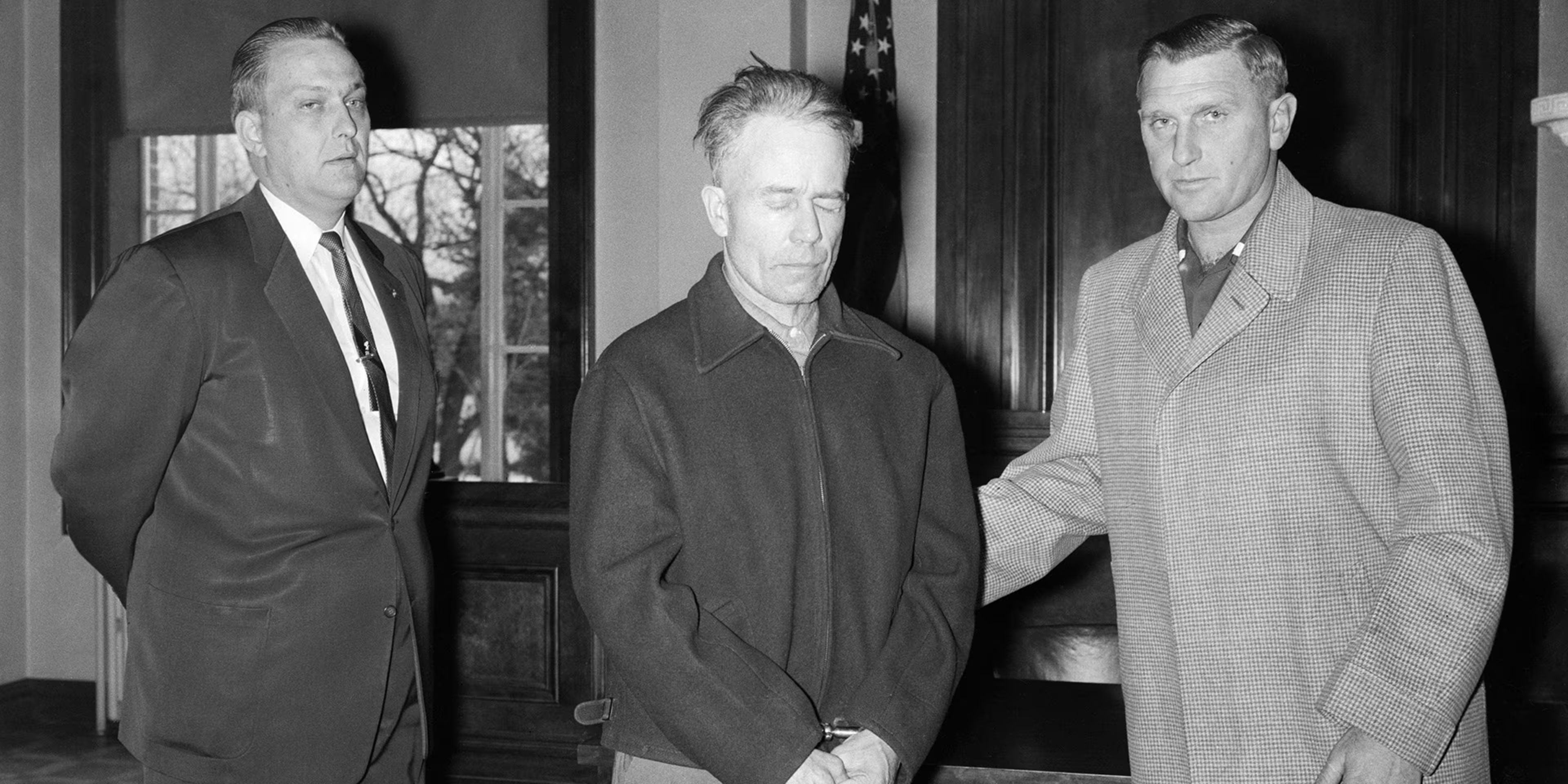Did the real Ed Gein kill his brother? Monster: The Ed Gein Story's truth, explained
-
 Monster: The Ed Gein Story
Monster: The Ed Gein StoryNetflix released Monster: The Ed Gein Story on October 3, 2025, a horrifying new edition by Ryan Murphy and Ian Brennan to Ryan Murphy’s anthology of notorious killers, featuring Charlie Hunnam as the reserved Ed Gein, a man whose chilling real-life story and remote Wisconsin murders provided inspiration for both Psycho and The Silence of the Lambs.
The series’ opening episode delivers a gut-punch: Gein, driven by loyalty to his domineering mother, Augusta, brutally kills his older brother, Henry, staging a brush fire to mask the crime.
So, did Ed Gein kill his brother in real life? To this day, it is not clear. There is no definitive evidence that Ed Gein caused the death of his brother Henry, who died in a 1944 brush fire on their farm in Plainfield, Wisconsin. Some reports suggest that he died due to asphyxiation, then subsequently heart failure, with burns all over his body, leaving no visible evidence of other traumatic injuries.
Although Monster: The Ed Gein Story depicts Ed as killing Henry to spare their mother's influence, actual history contains no confession or real evidence that Ed committed this act, as he did confess to killing Bernice Worden and Mary Hogan. There was speculation only after Ed was arrested for other crimes in 1957, which built on suspicions about his killing Henry and imperfections in forensic science (at the time), but there was no suggestion of foul play based on investigations conducted in the 1940s.
While given the ambiguity surrounding Henry’s death, the story remains a haunting question mark in Ed Gein's shadowy history.
The truth behind Henry Gein's death in Monster: The Ed Gein Story
In spring 1944, Henry Gein, 43, was found dead on the family’s isolated farm in Plainfield, Wisconsin, after a brush fire. The official report cited asphyxiation leading to heart failure, with severe burns obscuring much of the evidence. Monster dramatises this as a calculated murder: Ed, provoked by Henry’s desire to break free from their mother’s oppressive grip, strikes him with a log and orchestrates the fire.
In reality, the scene was less cinematic but no less suspicious. Brush fires were common in rural Wisconsin, used to clear land, and Henry’s death initially raised no alarms. However, his body bore marks, potentially bruises or wounds, that investigators noted but dismissed, given the era’s rudimentary forensic capabilities. Ed, who led authorities to the scene, claimed he found Henry already dead.
Unlike his later confessions to killing Bernice Worden in 1957 and Mary Hogan in 1954, Ed never admitted to harming Henry. Yet, his 1957 arrest for Worden’s murder cast a retrospective shadow, with locals whispering about the fire. The absence of concrete evidence, coupled with the era’s limited autopsies, leaves Henry’s death a chilling question, amplified by Monster’s bold narrative choice.
Gein’s dark legacy and cinematic horror
Ed Gein’s crimes, though limited to two confirmed murders, left an indelible mark on popular culture. Arrested in November 1957 after Bernice Worden’s mutilated body was found in his shed, Gein’s home revealed horrors: human skulls, a lampshade of skin, and masks crafted from female faces. His confession detailed grave-robbing to “become” his mother, a fixation that inspired Psycho’s Norman Bates and The Silence of the Lambs’ Buffalo Bill.
Monster expands upon this legacy, using Henry's death to bookend Ed's decline. It is a speculative angle, but one that humanises Gein, not as a monster, but as a man who has been rendered broken from isolation, grief and a contorted relationship with his mother. Ed ended up on trial and, in November of 1968, was found guilty of first-degree murder, but was deemed insane and sent, until 1984, when he died of lung cancer, to the Mendota Mental Health Institute.
His later crimes of skinning victims, creating masks, and assembling trophies from body parts indicated a certain level of care and planning that felt almost ritualistic, a level of violence that was fundamentally different and far more brutal than we have in the series. Only after Ed was arrested in 1957, and the brutality of his crimes shocked the town of Plainfield, did suspicion about Henry's death arise.
Monster: The Ed Gein Story is available on Netflix, with all episodes available to stream starting October 3, 2025.
Stay tuned for more such updates!
TOPICS: Monster: The Ed Gein Story, Ed Gein
- Did Richard Speck have breast surgery as shown in the Netflix's Monster: The Ed Gein Story?
- Is Addison Rae in Ed Gein's story? Everything to know about her character
- What Netflix’s Monster didn’t get right — 8 facts the series twisted about Ed Gein’s real story
- Did Ed Gein have any contact with Birdman in real life? Truth behind the character from Netflix's Monster, explained
